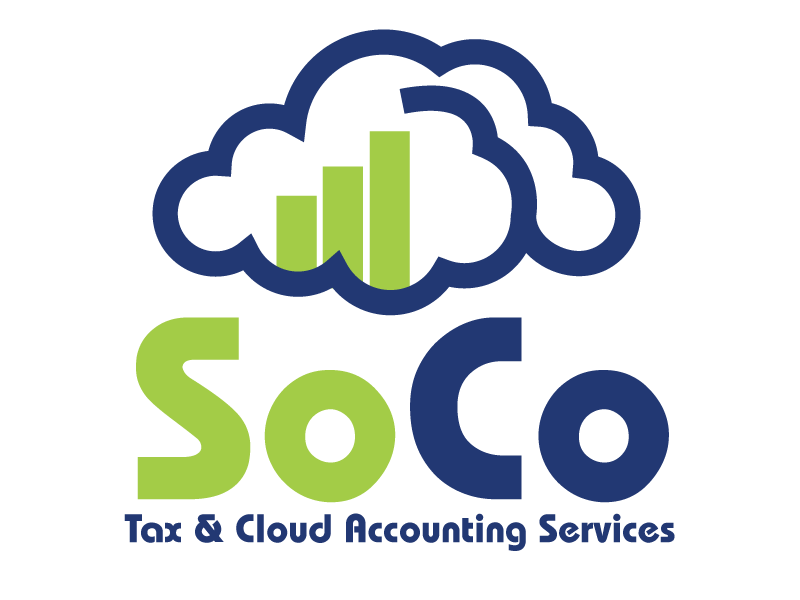Benefits of New QuickBooks Online Bank Feed Connections
When using QuickBooks, working with your online bank feed is critical for efficiency, staying organized, and being on top of your financial data.
Intuit has worked to improve the connection between QuickBooks software and the user’s financial institution.
What’s new? Let’s have a peak.
Using improved bank feed connections means that the syncing is seamless – users will be relieved at experiencing less errors and knowing that account transactions will automatically be up to date each time.
When logged into the QuickBooks software, you’ll now be able to connect to your financial institution using the option “OAUTH” which stands for Open Standard for Authentication. This gives easy access to your financial accounts.
Previously, users would log into QuickBooks, go through the initial setup, and then be prompted to provide bank usernames and passwords.
With improved syncing, you simply grant permission and QuickBooks will access your account. The bank will send a “token” that QuickBooks uses, which will in turn save future headaches because even if you change your password for your financial institution, QuickBooks can still access the accounts.
Users are wondering what is the reason for signing into the bank still? Note that this connection is an agreement between Intuit and your financial institution to provide your data directly – thus, you need to grant permission so the bank knows you’re allowing this and that its you. Once you give them permission, your identity is verified and QuickBooks integrates your data.
When you are in the software, simply link your account like normal. You will see a pop up notification that says to update your account – click on the account card and follow the user instructions to update.
Note to Users
Once your financial institution moves to this new type of connection, you won’t want to keep both types (the old way and the new way). Since this new connection is more user-friendly and efficient, you’ll want to migrate over and stay.
QuickBooks is currently working on an individual basis with financial institutions in making the switch over – so far the migration has been been completed for Capital One, Chase Bank, Wells Fargo, Bank of America, and Citi. More timelines for other banks are being shared as the agreements are being established.
Once banks and QuickBooks are in agreeement, the general window of migration lasts around one month. This will give customers knowledge of whats going on, time to adjust and update connections within QuickBooks, and become acquainted and comfortable with the new connection.
Lastly, users were only able to access about 90 days of past transactions. With the new connection, data will range between one month and two years – though each bank is slightly different.
How’s that for data access?

